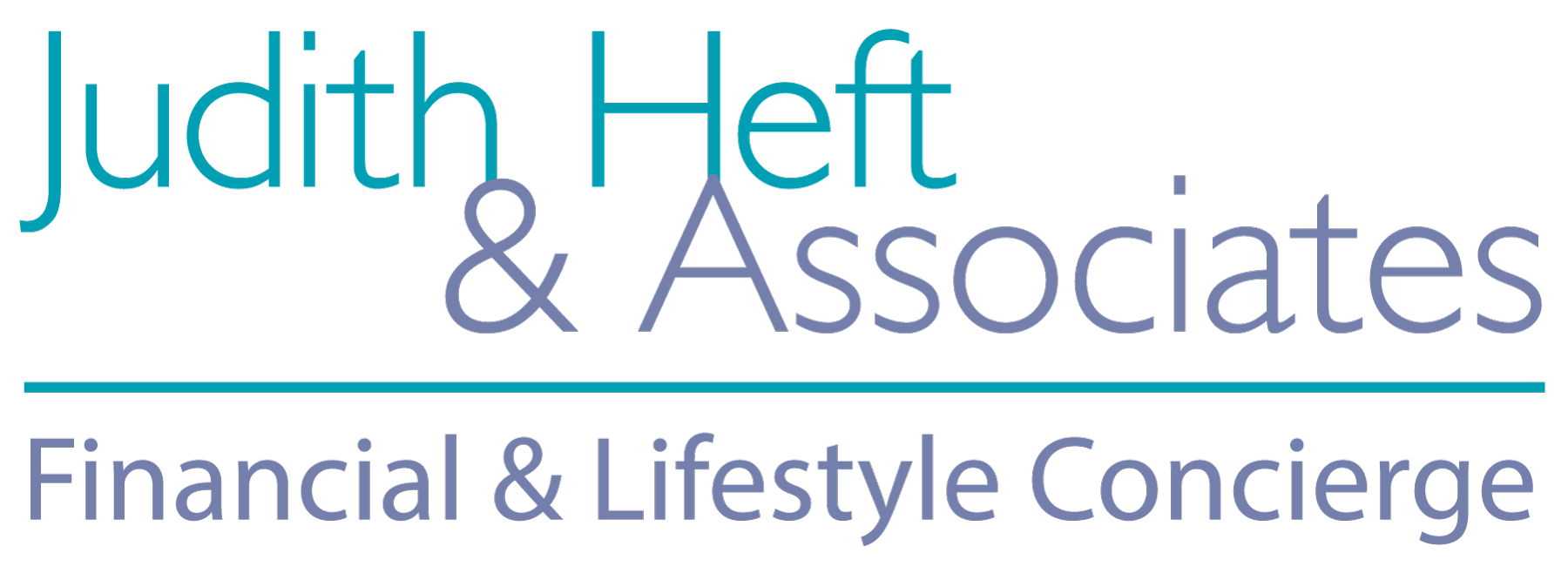As we enter the mad dash to the finish line of 2016, there is a lot of work to be done—both in the office and at home. In fact, some people describe this time of year as the only time any real work gets done at all. But don’t let all of those hastily thrown together spreadsheets cause you to lose sight of the important business you have at home.
Holiday Budgeting
You’re not going to enjoy the season—or January, or February—if you are broke from the holidays. Before you go to load up at the mall, make yourself a spending plan. If your generosity might get the best of you, one sure way to avoid overspending is to leave your credit cards at home and use only cash. If you choose to do your shopping online, consider funding a prepaid debit card and use that as if it were cash.
Charitable Contributions
Charitable contributions are a great way to reduce your tax liability while also making a difference in the world. I recommend meeting with your financial adviser to go over the details of your estate before committing to a charitable giving strategy. Once you have chosen your target charity and the optimal amount to donate, your next job is to make sure you receive a confirmation letter detailing the amount of your gift. This is required by the IRS for any donations over $250.
Another option for charitable contributions is setting up a donor-advised fund. Donor-advised funds offer immediate tax advantages, yet you can take all the time you need to select a target charity. The one caveat is that the charity must be a 501(c)(3) organization.
Max Out Retirement Plan Contributions
IRAs and 401ks are the bedrocks to most people’s retirement planning. Because they allow you to use tax-free money, the government has a limit on the amount you may contribute. The end of the year is the perfect time to see if you have yet reached these limits:
- Employer-sponsored 401k
Under age 50: $15,000
Age 50 and over: $24,000
- Traditional IRA
Under age 50: $5,500
Age 50 and over: $6,500To find out how much you have contributed over the course of the year, look on your pay stub.
Gifts
Gifts to other people are not deductible, but they can be used to reduce your adjusted gross income. The annual limits are as follows:
- Single Individual: $14,000
- Married Couple: $28,000
One excellent way to reach the maximum gift amount is to fund a child’s or a grandchild’s college education through a 529 savings plan. That way, the funds stay in the family and you realize an overall decrease in your tax liability at the same time.
Holiday Tipping
The idea of tipping all of the great people who provide services to you all year is to show how much you appreciate their dedication to you.
Q: How do you know if you should tip a service provider?
A: If it is someone whom you would normally not tip throughout the year, and not a government worker. Note: Some government employees like postal workers may receive non-cash gifts of little value.
For ideas on amounts, visit my tipping guide from last year—a cursory search of several sites indicates that the amounts have not changed.
Most of all, don’t lose sight of the fact that this time of year is all about being kind to other people and smiling in situations where you would normally shrug. It really doesn’t matter if someone says “Merry Christmas,” “Happy Hanukkah,” or “Happy Holidays” to you; they are all wishing you well in their own way. It doesn’t matter what kind of cup we drink out of—as long as it is overflowing with friends and family.

Recent Comments